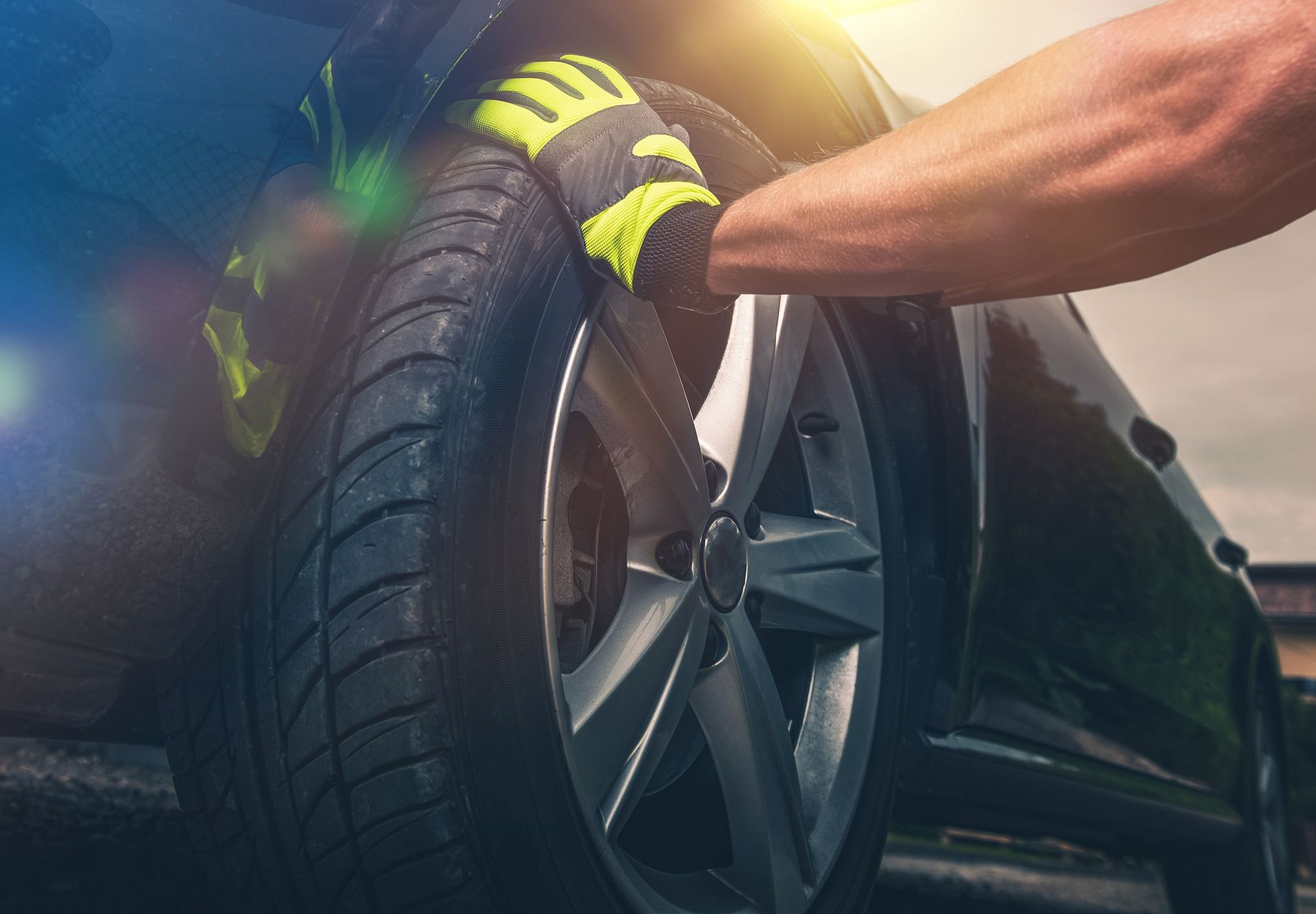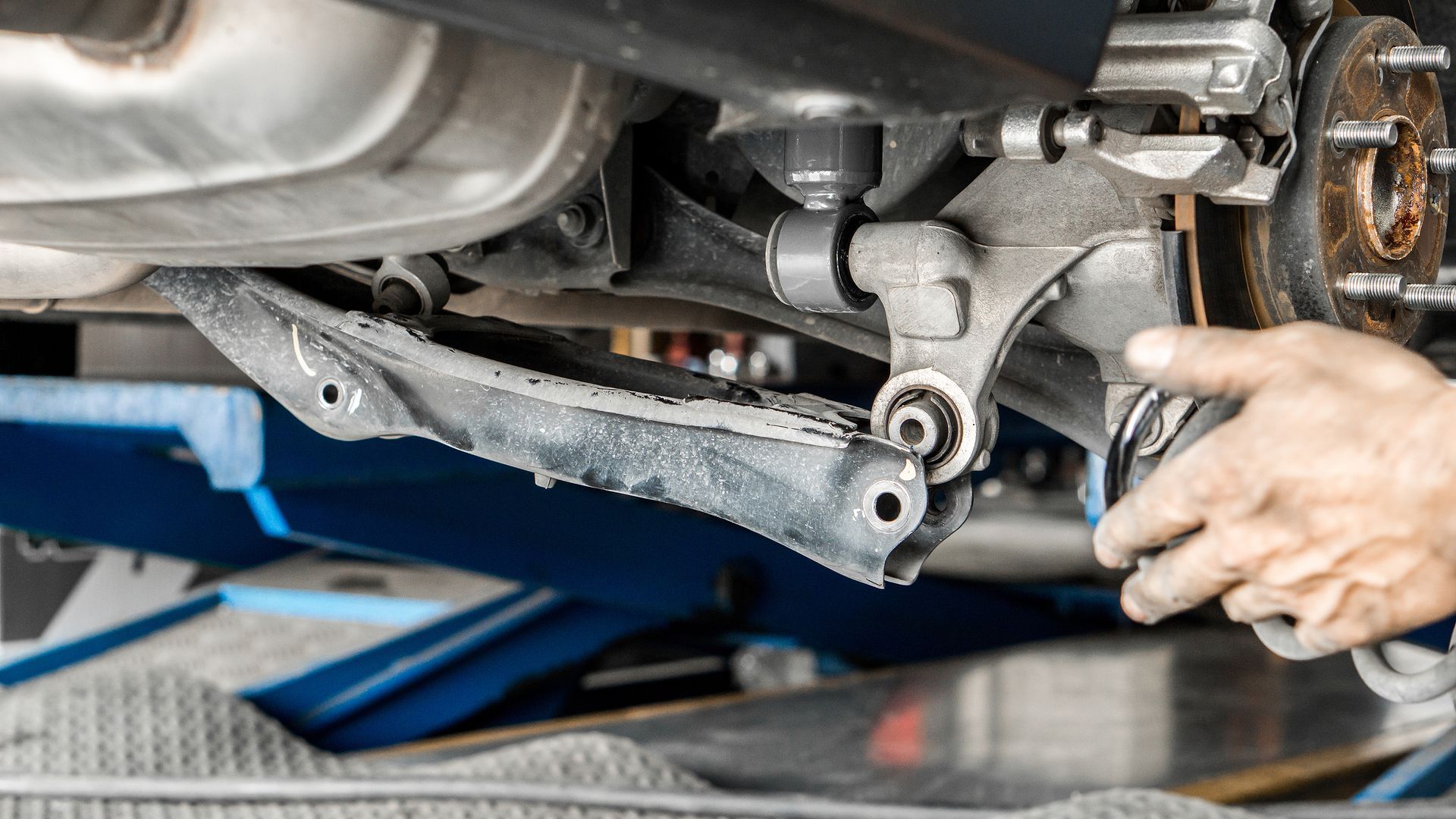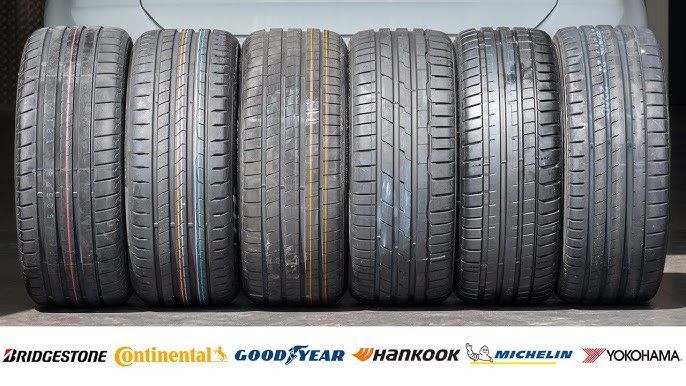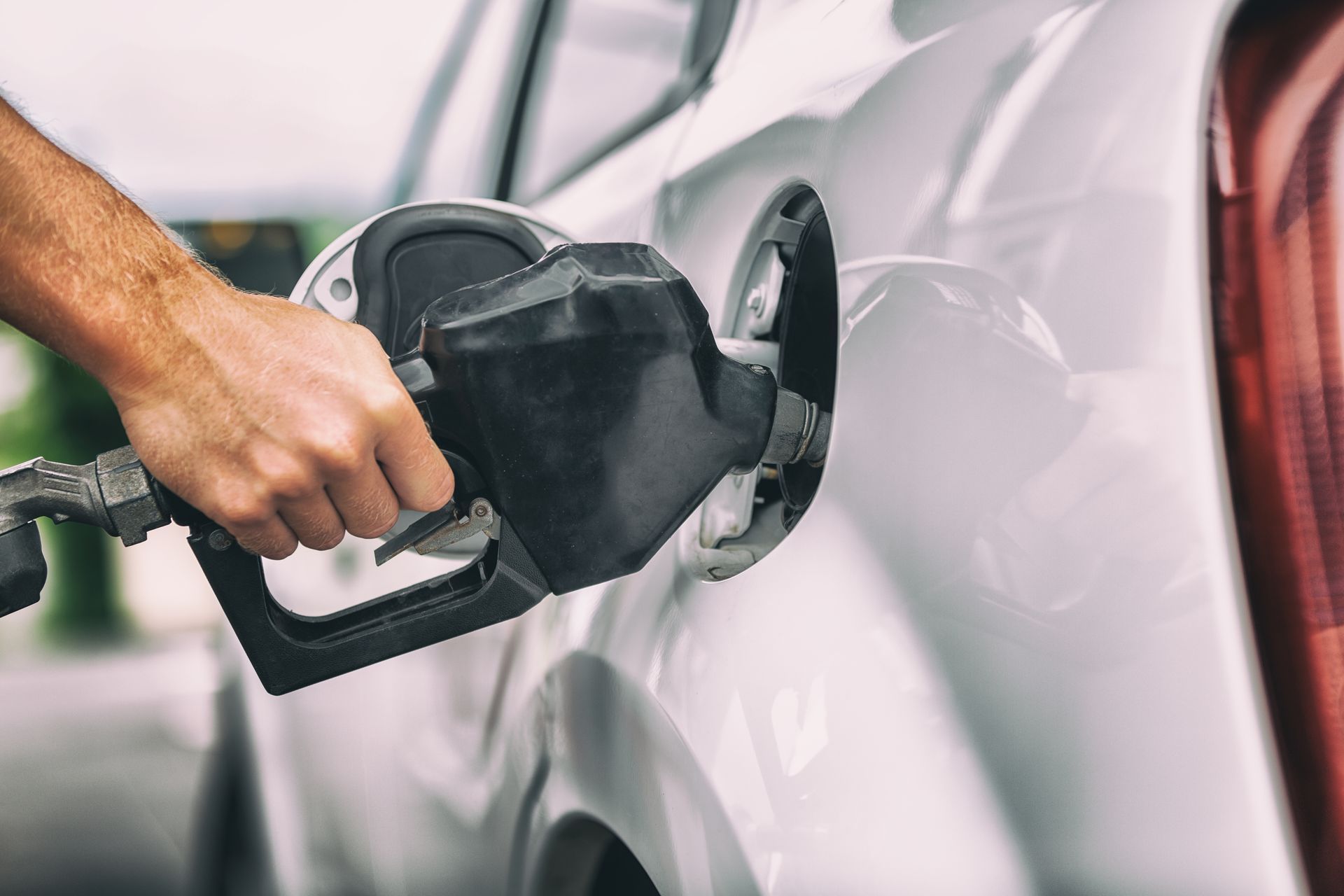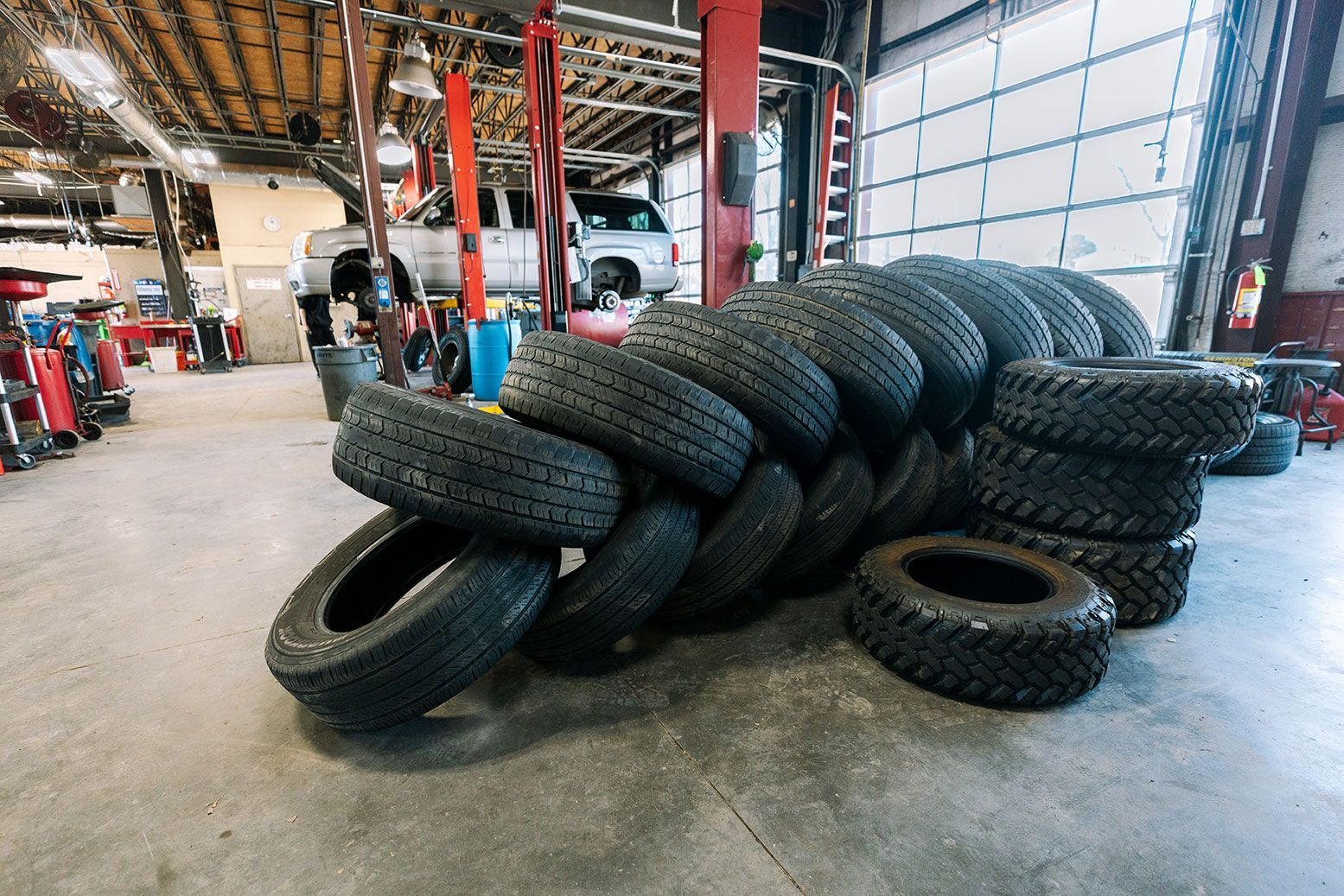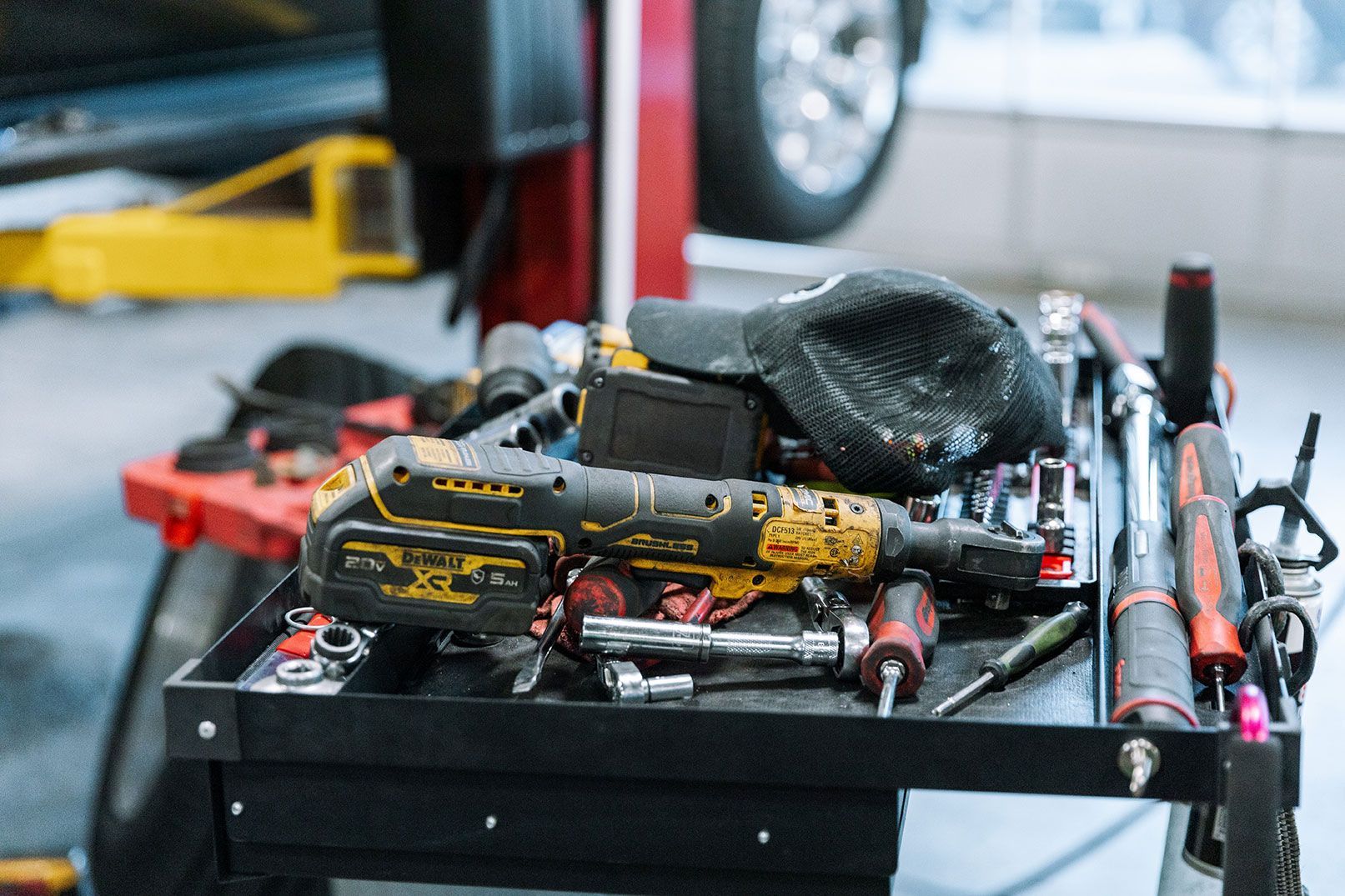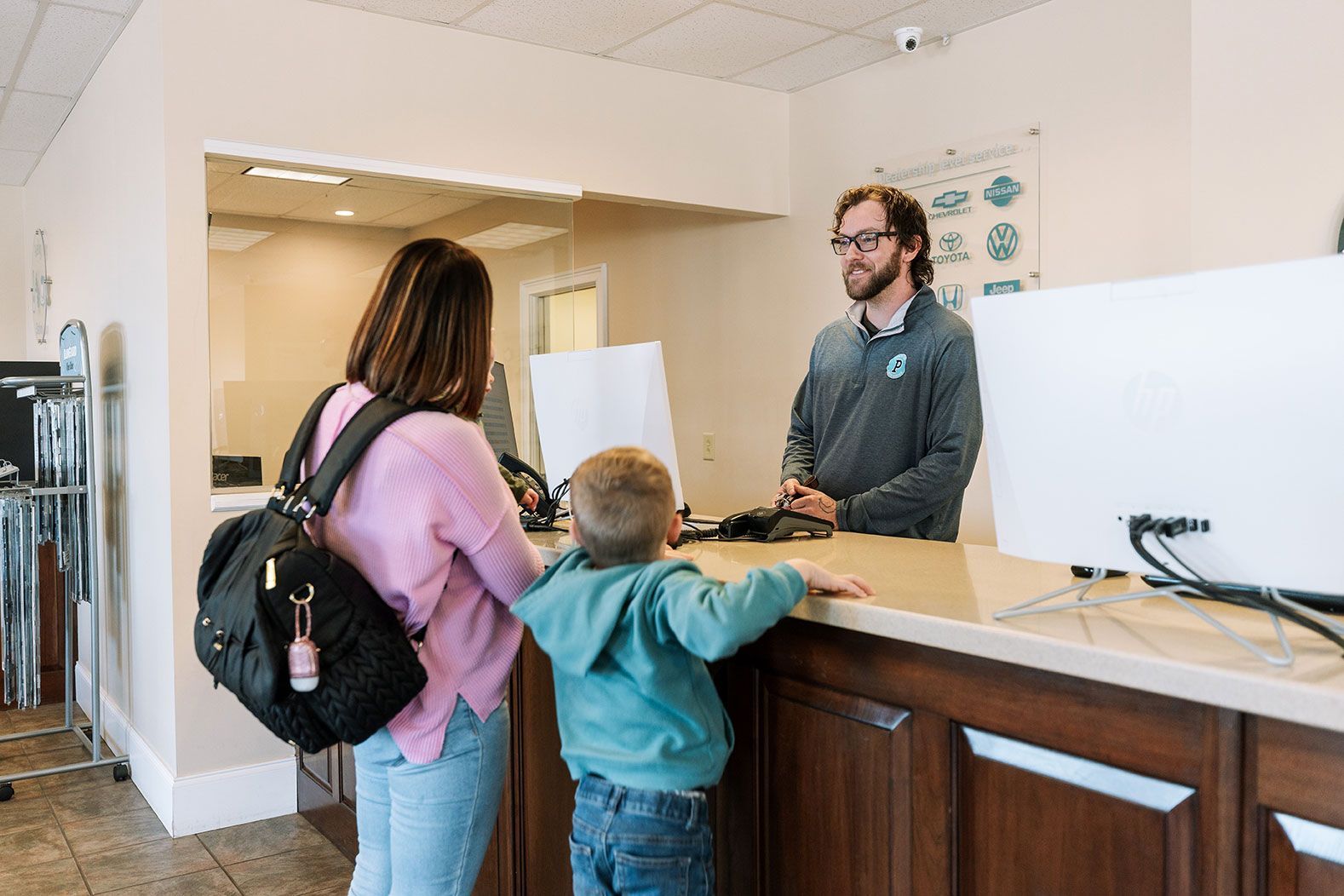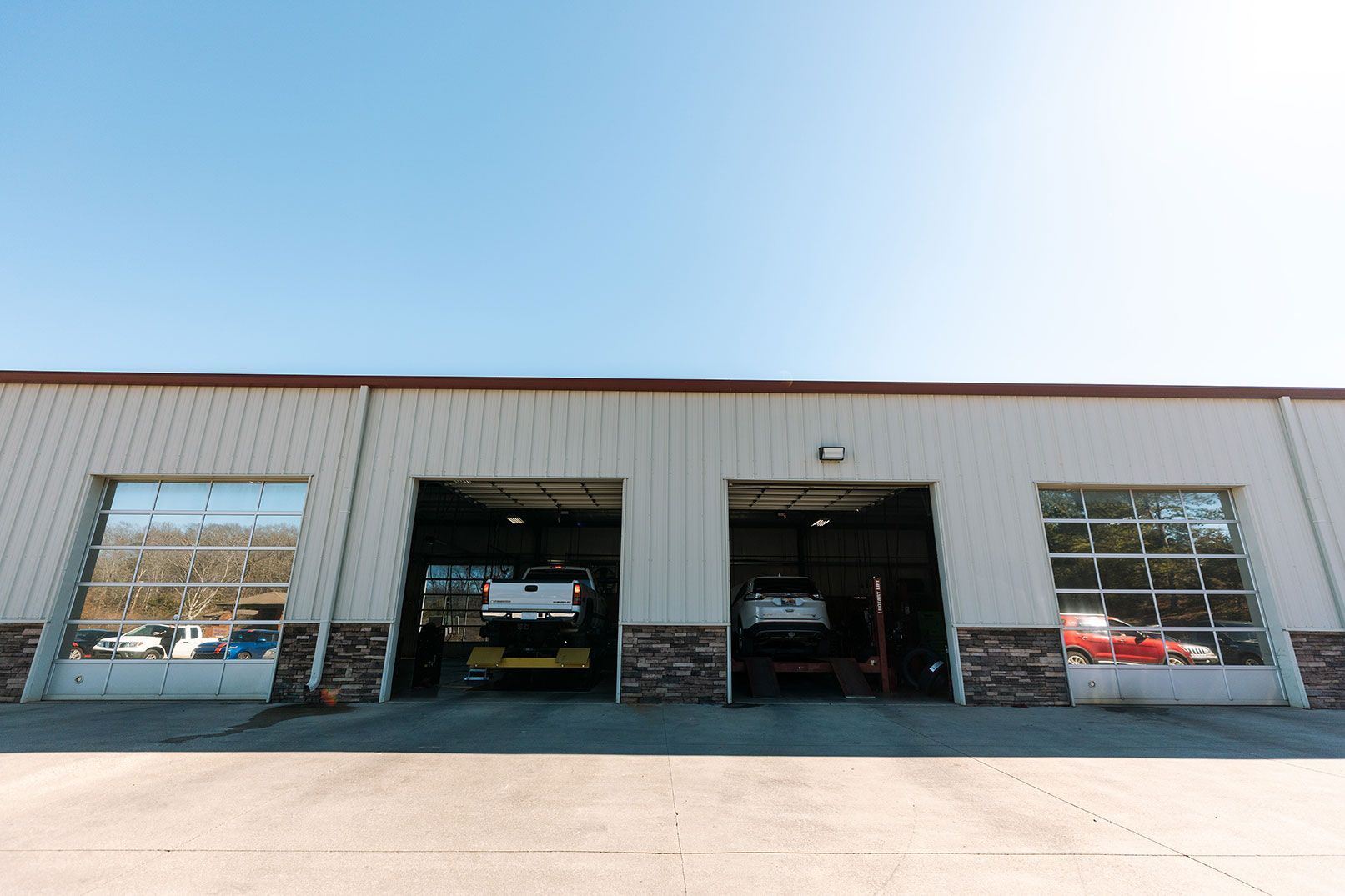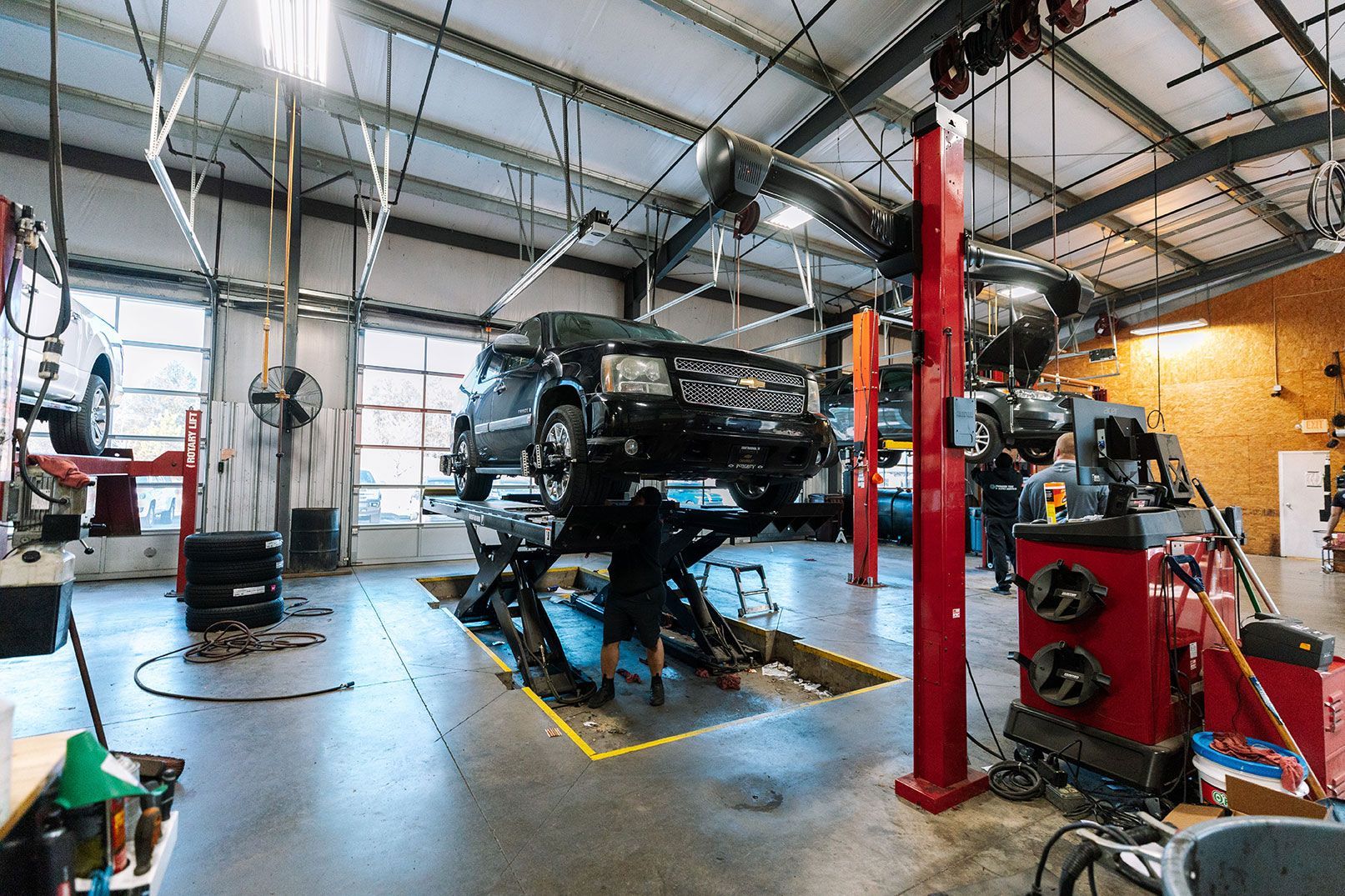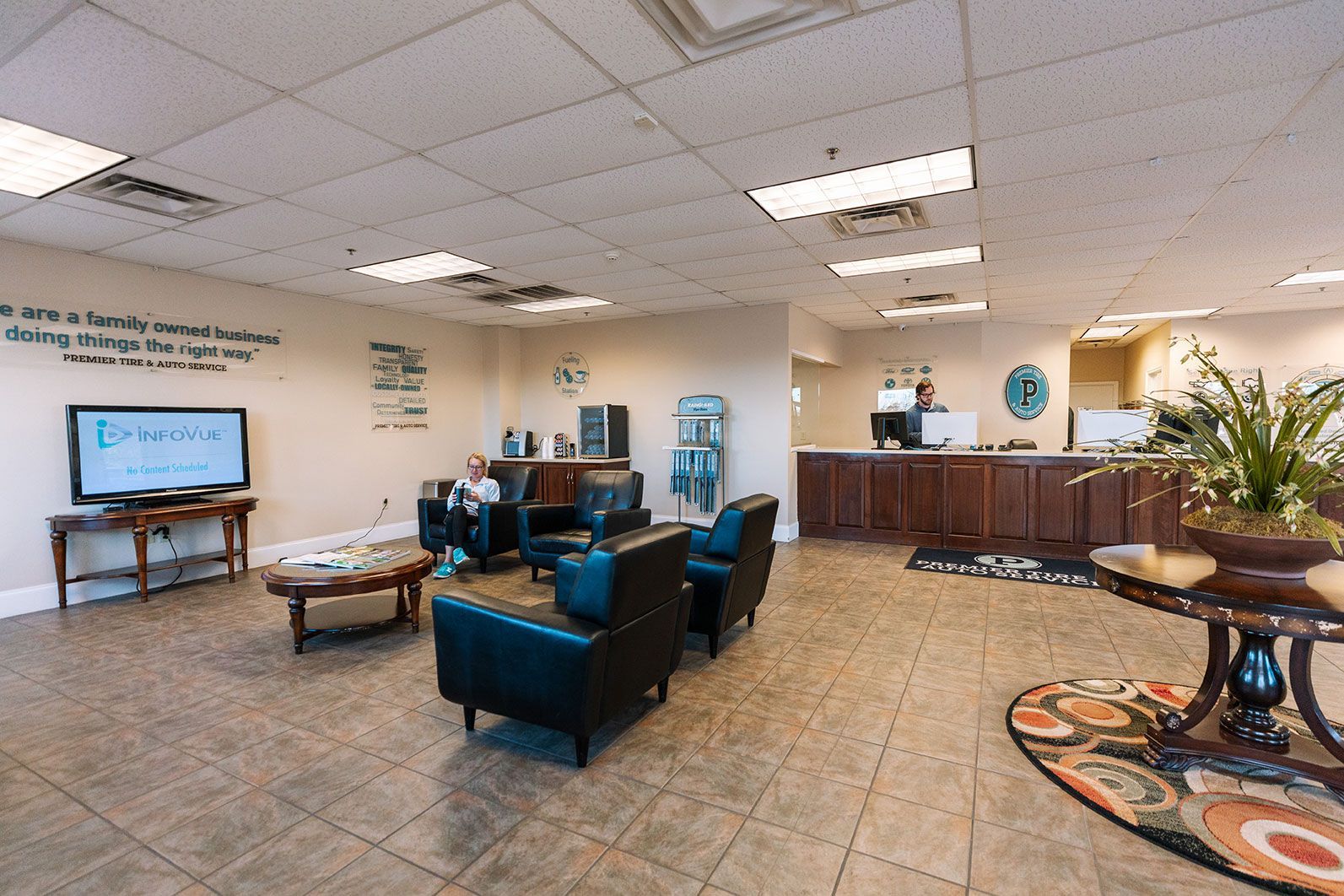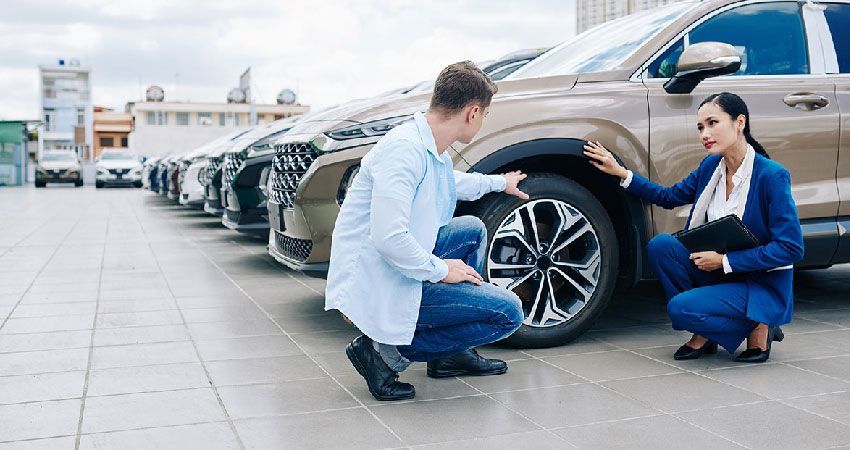
With all the tires you encounter every day, it is easy to forget their humble beginning and just how far they have come since the early days of automotive development. Follow along as we recap the incredible evolution that has taken us from simple rubber rings to the products we see today.
The tire had rather humble beginnings. In the late 1800's the invention of the automobile necessitated something for them to roll on. Until then, wheels were rolling around on hard wooden rims or metal bands. In 1888 Carl Benz, one of the famous fathers of Mercedes Benz, invented a new type of tire to match his new type of conveyance, the automobile. It was a metal framed tire, covered with rubber and filled with air. This was the birth of the pneumatic or air filled tire and it revolutionized the world.
Carl Benz' tire had air but it didn't have any tread. It wasn't until 1905 that tread was added to the tire's surface to help it handle the wet, muddy road surfaces Old car tire typical of the time and to protect the underlying carcass from getting damaged and blowing out.
Until 1923 tires were thin and tall, like today's bicycle tires, until the balloon type tire was developed. This would be the eventual ancestor of all modern car, plane, truck and agricultural tires.
A huge turning point in the history of tires came in 1931 when famous innovator Du Pont patented and industrialized synthetic rubber. No longer would the tire industry be exclusively beholden to environment wrecking natural rubber and the durability problems it presents. All modern tires use a blend of natural and synthetic rubber first pioneered by Du Pont.
Another giant step forward for the tire industry came with the development of tubeless radial tires in the late 1940s. Until this time, tires were fortified for strength with fabric bands that did not do much to stiffen the tire or increase durability. Tubeless radial tires sealed directly to the wheel and used steel radial bands to significantly strengthen and stiffen the tire. The tires on your car are tubeless steel belted radials, the standard of the modern tire industry.
The development of the tubeless radial tire gave tires the durability and strength for the entire industry to move into innovative hyper-drive. Soon after tubeless radial manufacturing technology became the norm, the industry created such modern tire staples as snow tires, run flats, all-season radials, off-road tires and even tires that can seal themselves when punctured.
The tires we all depend on today owe their incredible traction, durability, and reliability to a long line of innovators who never accepted the status-quo, always looking for the next great way to improve their products. That innovation remains a healthy part of one of the world's oldest and largest industries, where automation and innovation allows a single plant to make a tire from raw materials and have it ready to ship at the dizzying pace of up to a tire every 28-seconds.
All of this fast-paced manufacturing requires a comprehensive network of retail and wholesale businesses to get the tires to you, the consumer. Nearly every city and town has trusted tire dealers that can help properly apply all that technology to your vehicle.
All told, the history of the tire is a story of incredible innovation, millions of jobs and a country that runs on rubber. The next time you hop in your vehicle of choice, be it a car, truck, SUV, motorcycle or even a plane, take a moment to appreciate the men and women, the great inventors and innovators and all the workers, from the factory to the local tire store who made it possible for you to roll on to your next destination in comfort.
Recent Posts



